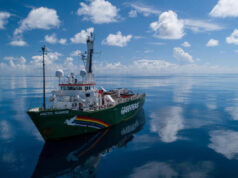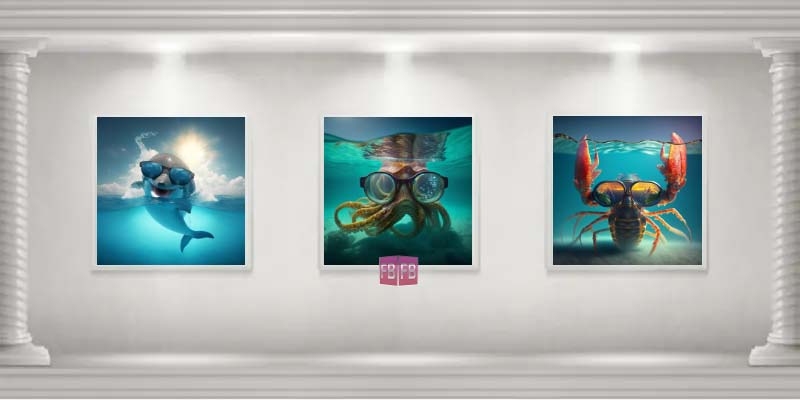Further adding to the distinctive importance of Bermuda’s marine environment, scientists from Nekton undertaking the XL Catlin Deep Ocean Survey have discovered a new “biological hotspot” on Argus Seamount, some 30 miles southwest of the island.
The seamount was explored via cutting-edge manned submersibles adapted with the latest scientific and filming equipment – the first time that it had been biologically documented and sampled, making it one of less than 40 of the world’s more than 100,000 seamounts to have been biologically sampled in detail.
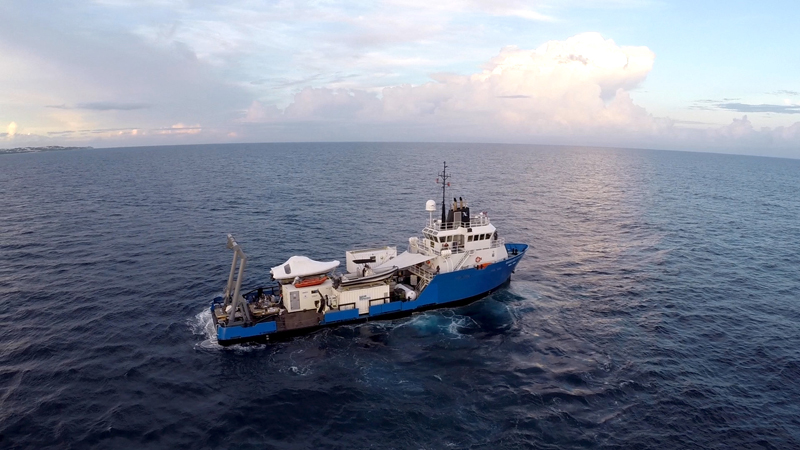
Nekton’s principal scientist Professor Alex Rogers, from the University of Oxford, said: “We have discovered a new mesophotic algal forest with almost total coverage of dense growth. This nutrient-rich algae is crucial as it feeds the deep sea just like a deep ocean ‘pasture’.
“This creates an abundance of healthy mesophotic corals which could provide a refugia for shallower reefs closer to Bermuda, helping to repopulate those areas damaged by bleaching and acidification and rebuilding the resilience of the surrounding ocean.”
Mesophotic coral reefs, from meso meaning middle and photic meaning light, are characterised by the presence of both light dependent coral and algae and organisms that can be found in water with low light penetration.
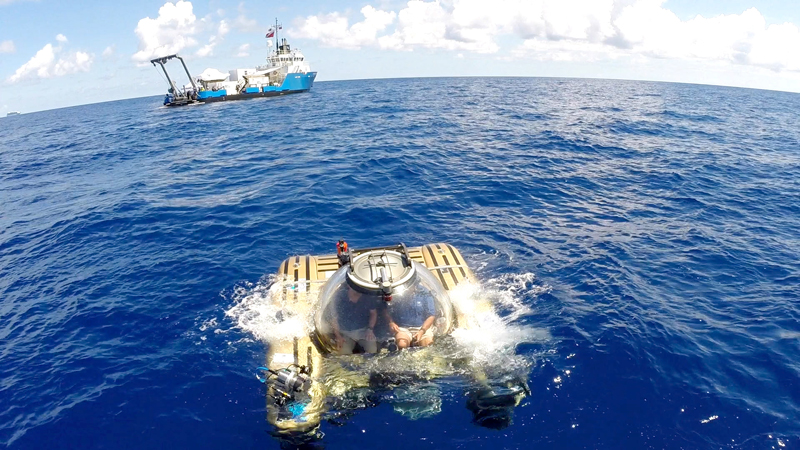
They normally grow between 30-40 metres but can be found at depths up to 150 metres in tropical and subtropical water.
The scientists, aided by underwater cameras and filming equipment, captured unique images and footage of the spectacular display during the descent, which are being made available to encourage future exploration.
The slopes of the Argus Seamount were found to have gardens of twisted wire corals and hydrocorals, hiding fast-moving sea urchins, green moray eels, yellow hermit crabs and a yet to be identified species of small pink and yellow fish.
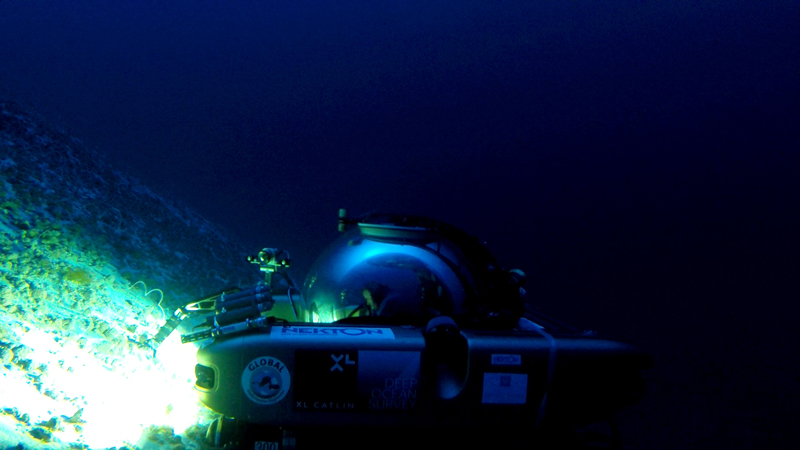
Leaving the summit and descending down the flanks of the seamount, Professor Rogers’ team discovered further dense coverage, gardens of black coral and communities of urchins, hermit crabs and other mobile fauna, living within these forests, likely feeding off algae drifting off the summit and settling on the deep seabed.
During the first week of its mission, Nekton has completed over 40 transects from surface to seabed using submersibles and technical dive teams.
– Photos courtesy of Nekton and the XL Catlin Deep Ocean Survey


